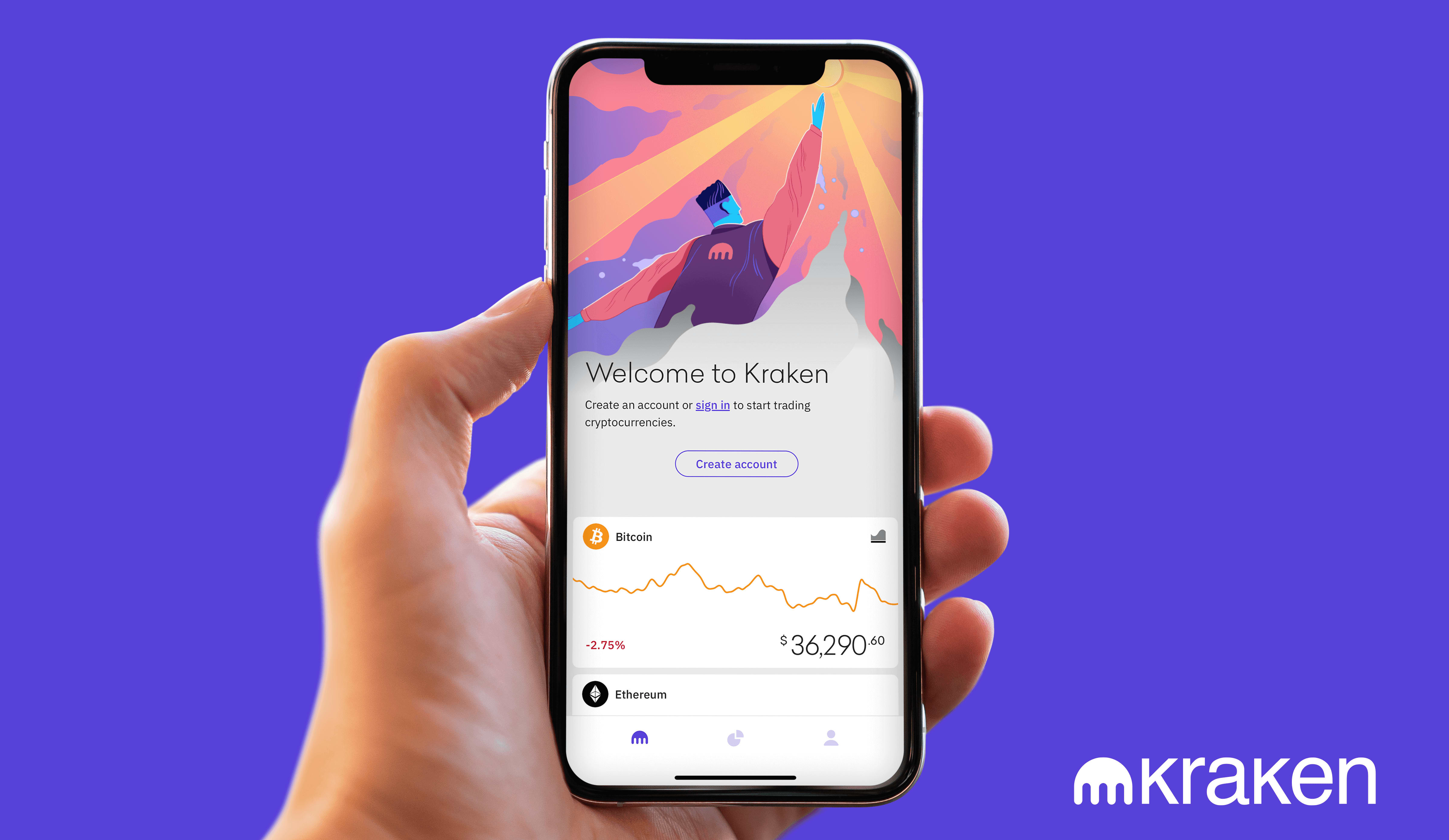
Assuming Bitcoin returns an annual average of, say, 10%, you’d end up with almost $66,700 after fees. Let’s say you put $100 into your Coinbase account each month to buy Bitcoin for 20 years. (In the traditional stock investing world, this dynamic led to uber-low-cost passively invested index funds that charge substantially less than actively managed funds with comparable, if not better, performance.) While that fee may not seem like much right now, over time it can seriously impact your returns. In practice this means your $100 only gets you $97 worth of Bitcoin. bank accounts and Coinbase USD Walletsįees for purchases above $200 may run up to 1.5% of any transaction for a minimum fee of $0.55.


This fee is the greater of either a flat fee or a variable percentage, which can be slightly confusing to figure out. Then there’s the aptly named “Coinbase Fee,” which is contingent on the size of your purchase, the fiat currency you use to make it and how you pay. There may be padding on either end to help Coinbase make a profit. Coinbase then adds on the spread fee which it terms the “consumer exchange rate.” This is essentially the difference between the price Coinbase pays to get a crypto and the price it resells it to you for. To determine what that’s worth in Bitcoin, Coinbase uses the exchange rate on Coinbase Pro. When you want to buy a cryptocurrency, such as Bitcoin, you log into your Coinbase account and pick an amount you want to buy, say $100 worth.

The problem is that Coinbase’s most consumer-friendly offering, its namesake Coinbase platform, charges higher fees for its convenience and simplicity than you may get elsewhere-even on its more complicated crypto trading platform, Coinbase Pro.įirst there’s the so-called “spread fee,” which Coinbase says is typically 0.50% of your transaction. This isn’t necessarily bad-almost all crypto exchanges charge fees, whether they’re overtly labeled as such or not. One reason why Coinbase has earned nearly $3 billion in revenue over the past 12 months, per Morningstar, is that it charges a bunch of fees.

Expensive and difficult-to-understand fee structure.Wide selection of cryptocurrencies to trade.


 0 kommentar(er)
0 kommentar(er)
